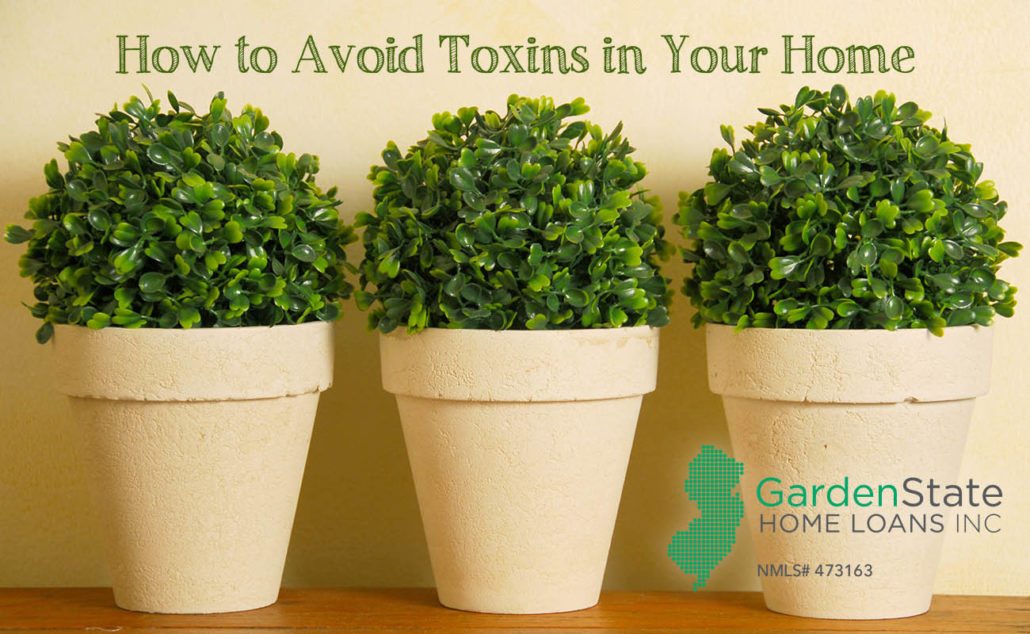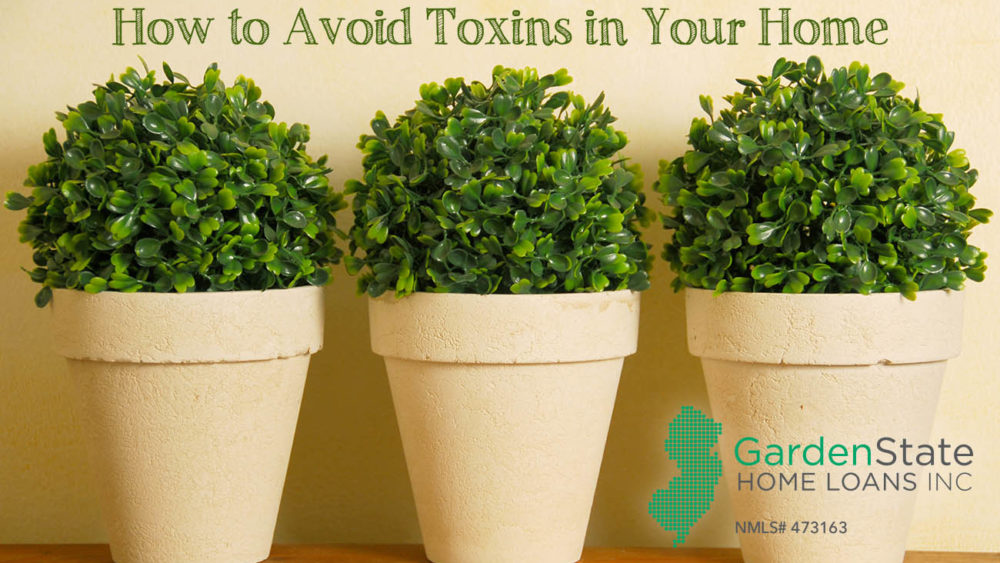That ‘new-home’ smell may be less innocent than you think. Produced by new paints, varnishes, and air fresheners, this smell contains volatile organic compounds (VOCs), the most common toxins found in household products. Short-term exposure to these compounds can cause fatigue, headaches, visual disorders, skin allergies, and even memory problems. Chronic exposure to such a toxic environment could irreparably damage your nervous system, cripple your liver, and even cause cancer. The effects of VOCs on your health and your risk of exposure hinge on three things: how much time you spend in the toxic home, the ventilation patterns in your home, and your storage habits.

Although VOCs can’t be entirely removed from your house, there are some ways to reduce your exposure to them and mitigate their dangerous effects.
How to Avoid Household Toxins:
1. Avoid Products with High VOC-Content
When choosing new furniture or deciding on a color of paint, look for products labeled “Low-VOC” or “Zero-VOC.” For furniture, buy items made of solid wood, hardboard, or ‘exterior grade’ plywood instead of pressed wood products. Also, buy what you need. Don’t go overboard on new furniture or fancy chemicals to spruce up your home. Even unopened containers of VOC-heavy products can put you at risk.
2. Get Better Ventilation
By improving the ventilation in your home, VOC concentration can decrease dramatically. If you just installed new carpeting or painted your room, open all the windows and doors and strategically place fans around the house to direct air outside.
3. Control Your Room’s Climate
Many studies suggest that higher temperatures lead to a greater release of VOCs. Do your best to control the climate in your house, either with fans or central air. Another good tool to use is a dehumidifier, which can reduce moisture in the air and avoid humidity in your home – another trigger for increased VOC release.
4. Seal Off Your Garage (if applicable)
Cars and other vehicles are another source of VOCs. If you have a garage next to your living area, seal off any connections between your house and the garage. Keep the garage door closed and install a rubber weatherstrip and threshold gasket on the door to your house.
5. Buy Plants
Fresh plants not only serve as decorations to make your house more welcoming, but also absorb VOCs and other toxins. Buy lots of plants and place them around the house. Some of the best plants to mitigate VOCs are aloe vera, spider plants, Chinese evergreens, and peace lilies.


Comments are closed.